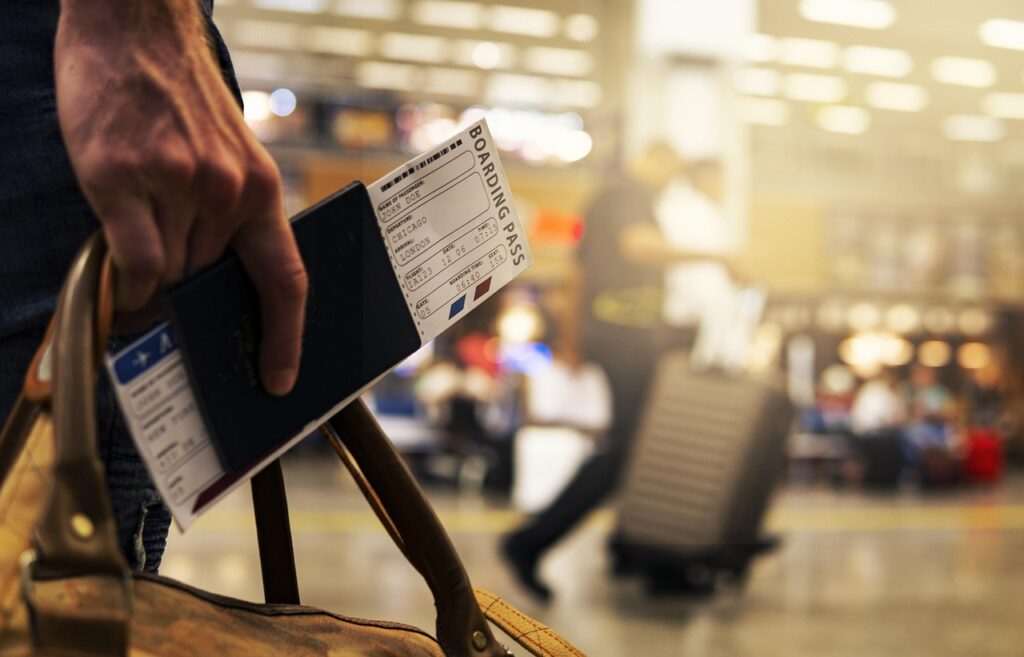If you’ve mastered city-hopping with your carry-on or backpacked across Europe with confidence, you might be ready for your next great adventure: an expedition-style trip. Expedition travel isn’t just about visiting a new place—it’s about pushing boundaries, embracing the rugged, and immersing yourself in wild, untamed landscapes.
But transitioning from casual travel to your first real expedition takes more than enthusiasm. It requires preparation, gear knowledge, mental grit, and respect for nature’s unpredictability.
Here’s your beginner-friendly guide to making that leap—from backpack to basecamp—with confidence.
1. What Is Expedition Travel, Really?
Expedition travel is about venturing into remote, challenging environments with the goal of discovery, endurance, or exploration. Unlike traditional vacations, expeditions often involve:
- Traveling off-grid (minimal access to Wi-Fi or infrastructure)
- Carrying or transporting all essentials
- Engaging in physically demanding activities (hiking, climbing, paddling)
- Navigating extreme environments (deserts, jungles, mountains, polar regions)
Popular expedition destinations include places like Patagonia, the Himalayas, Arctic tundras, or the Amazon rainforest. But beginner-friendly options can include multi-day hikes in national parks or highland treks in Peru or Nepal.
2. Start with a Guided Expedition
For your first trip, consider joining a guided expedition. Experienced guides offer:
- Safety expertise
- Route knowledge
- Gear support
- Permits and logistics handled
Look for beginner-focused trips offered by reputable companies like REI Adventures, G Adventures, or Intrepid Travel. These often blend rugged adventure with manageable pacing, ideal for transitioning from leisure travel to something more intense.
3. Train Your Body (and Your Mind)
Expedition travel can be physically and mentally demanding. You may be carrying a pack for miles, dealing with altitude, or setting up your own shelter. Training in advance is crucial.
Start with:
- Cardio: Hiking, running, swimming
- Strength: Core and leg workouts, especially if you’ll be carrying weight
- Endurance: Longer hikes or multi-hour walks with your gear
Also, build your mental resilience. Practice discomfort—go tech-free for a weekend, sleep outdoors, or hike in the rain. Expedition life is rarely comfortable, but it’s always rewarding.
4. Pack Smart, Not Heavy
The gear you bring can make or break your trip. Invest in high-quality essentials and learn to pack light but effectively.
Basic gear checklist:
- Backpack (45–65L): Comfortable, weather-resistant
- Sleeping system: Lightweight tent, sleeping bag (temperature-appropriate), and pad
- Clothing: Moisture-wicking layers, waterproof outerwear, insulated jacket
- Footwear: Durable, broken-in hiking boots + camp shoes
- Navigation tools: GPS device, maps, compass
- Cooking gear: Portable stove, mess kit, water filter
- First-aid kit and personal items
Tip: Test your gear before the trip. Set up your tent, walk with a full pack, and cook a meal with your stove. You don’t want to learn on the trail.
5. Do Your Research
Understanding the region you’re exploring is just as important as fitness or gear.
Research:
- Weather patterns
- Altitude levels and acclimatization needs
- Wildlife and safety precautions
- Required permits or entry fees
- Cultural norms and local regulations
Also, learn some basic survival skills—how to purify water, start a fire, or use a compass. You might not need them on your first trip, but having the knowledge builds confidence.
6. Prioritize Safety and Leave No Trace
Expedition travel carries real risks: sudden weather changes, injury, wildlife encounters, or getting lost. Take safety seriously.
- Share your itinerary with someone at home
- Carry a satellite communicator or emergency beacon
- Pack a comprehensive first-aid kit and know how to use it
- Understand and follow Leave No Trace principles: pack out trash, respect wildlife, and minimize your footprint
Nature gives us the privilege of exploration—responsibility comes with it.
7. Budget for the Unexpected
Expeditions can get pricey depending on location and gear. Budget for:
- Gear upgrades
- Travel insurance (look for coverage that includes high-risk or remote areas)
- Transportation to remote start points
- Permits or guide fees
- Emergency funds for unplanned situations (weather delays, gear replacement)
Pro tip: Rent gear for your first trip to reduce costs and try out different options before buying.
8. Capture the Experience—But Stay Present
You’ll want to document your first expedition, whether it’s through photos, video, or journaling. But remember: the beauty of this kind of travel lies in being present, not just posting.
Take time each day to soak in your surroundings—no filters, no captions. Let the wilderness speak for itself.
Final Thoughts: Go Beyond the Map
Expedition travel challenges your limits, strengthens your self-reliance, and deepens your connection to the natural world. It’s not about Instagrammable moments or bragging rights—it’s about pushing past comfort zones to discover what you’re truly capable of.
If you’re ready to go from backpacker to explorer, start with one step, one trail, one basecamp. The world is wilder—and more rewarding—than you ever imagined.



